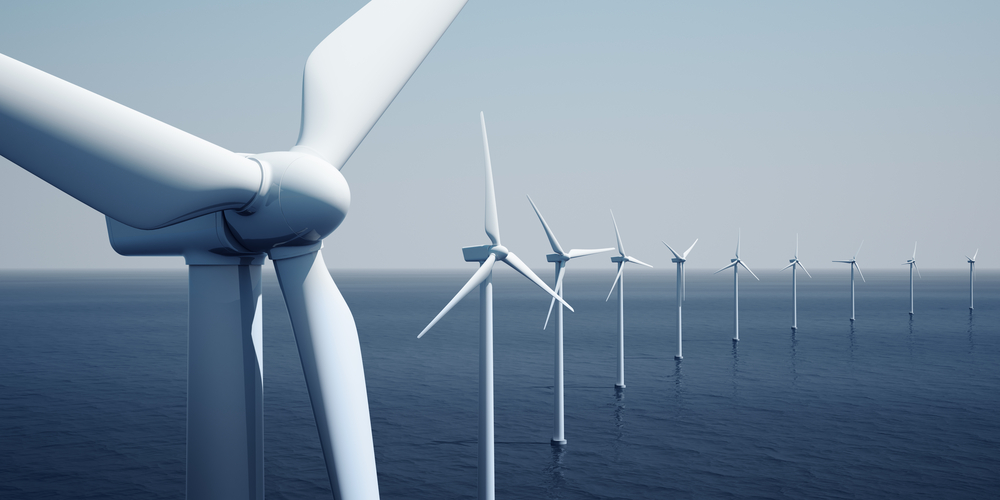
Spanish Renewable Energy - Not Just Tilting at Windmills
With the exception of the Netherlands, few countries can claim to have such an enduring love affair with the windmill as Spain. Cervantes’ masterpiece of literature, Don Quixote, is famous for the protagonist tilting at windmills. From the 17th century to the 21st century Spain has continued a love affair with the windmill as is recognised as a major player in wind energy. So great is the association of Spain and wind energy that the success of Spanish solar is often been overlooked.
Spain was one of the first to pursue large scale solar projects and the first country to trial Solar CSP. It famously installed 2.6GW of capacity in 2008 and was at peak second only to Germany in installed capacity. After a lacuna of nearly a decade with very little new solar installation, Spain is once a hot market for solar.
The Fall and Rise of Spanish Solar
In 2018 Spain installed nearly 262MW of new Solar PV capacity, in context that was 94% more than in 2017 and over five times more than in 2015. Spain’s emergence as a leading light of European solar, is a welcome change of direction. In the early 2010s, a decision to retroactively cut feed in tariffs left Spanish solar in a precarious position for a number of years. So the question is what has changed, that is enabling a solar renaissance in Spain?
Behind the Meter Growth
Spain has pushed an agenda of solar energy self-consumption. A change in regulation, means that homeowners are no longer charged for delivering energy to the grid, as a result self-consumption accounted for 90% of all installed solar capacity in Spain last year. A second boost to self-consumption came with the creation of the concept of ‘communal self-conception’ which allows consumers to use energy generated from nearby, removing the need for the solar panels to be on the building which uses it adding greater flexibility for these new energy ‘prosumers’. The policy changes have proven popular with rural communities and the agricultural sector.
New Technology
The success of self-consumption has in part been driven by a restriction on PV operators through a higher fixed element (compared to the rest of Europe) for current power billing. The industry is levying the government for changes but in the meantime is benefitting from better technology which is delivering greater efficiency. Spain’s previous peak solar market was pre-2010 and happily solar technology has come a long way since.
A particularly pleasing project for solar watchers in Spain is the 300MW Talasol Project in Talaván, Cáceres. The scheme being run by EPC Contractor METKA EGN has recently announced a module supply deal with Jinko Solar. Jinko are supplying their ultra-high efficiency module the Cheetah module. Spain is certainly benefitting from technology gains which are helping utility scale projects become more competitive.
An Attractive Market for Foreign Ventures
Spain’s return to solar prominence has coincided with the emergence of a European market for subsidy free solar. The free market has been buoyed over the last few years by increasing impressive growth targets for Spanish solar. A sign of the faith in the sector can be seen in the recent announcement by Forestalia Renovables that it has a 3GW pipeline of projects in Teruel, split between Solar PV (55%) and Wind (45%); Teruel is renowned for its sparse population, half its municipalities have a population below 200 people and overall it has a population density of 9.36/km².
Equally important is the emergence of a PPA market in Spain. Notable recent deals include PPAs for Heineken, Encavis as well as several deals for Audax this last year. Long term PPA deals are bringing sustainability and a ready market for subsidy free solar schemes.
Learning from the Past
Perhaps the most reassuring aspect of Spain’s solar resurgence is the maturity in which it is being approached. There is a clear awareness that Spain’s solar sector has had a previous bubble burst and the industry is working hard to make sure this current boom operates in a more sustainable fashion
